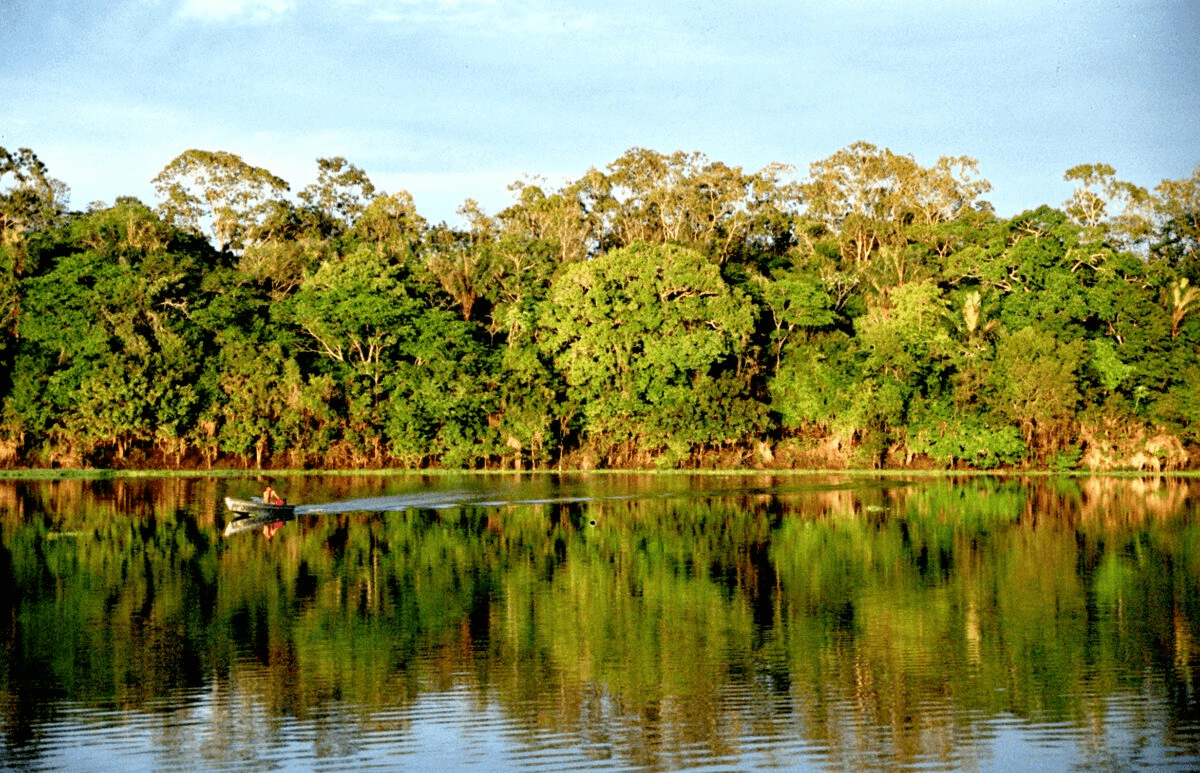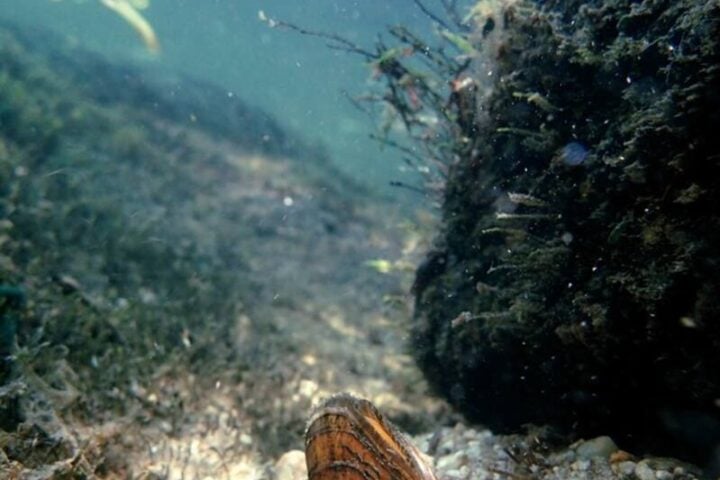A recently published study in the respected scientific journal Nature has issued a dire warning about the impending collapse of Earth’s ecosystems, with over a fifth of the world’s known ecological tipping points potentially being reached by 2038. These tipping points include catastrophic events such as the melting of Arctic permafrost, the collapse of the Greenland ice sheet, and the transformation of the Amazon rainforest into a savanna.
Understanding Tipping Points:
Tipping points refer to critical thresholds beyond which localized climate systems undergo irreversible changes. Although our understanding of these dramatic changes is still developing, this groundbreaking study posits that these tipping points may occur much sooner than anticipated. This expedited timeline raises valid concerns about the limitations of current scientific models, underscoring the need for immediate action to address the interplay between multiple stressors threatening global ecosystems. The research team, spearheaded by Professors Simon Willcock and John Dearing, utilized computer models to simulate the collapse of various ecosystems. Their alarming results showed that the simultaneous action of multiple collapse triggers can hasten abrupt ecosystem transformations, bringing them up to 80% closer to the present day than previous estimates.
Potential Ramifications:
The implications of these findings are significant for both humanity and nature. The Amazon rainforest, an vital ecosystem for biodiversity and climate regulation, is at a heightened risk of reaching a tipping point much sooner than anticipated. Moreover, the study indicates that more than a fifth of the earth’s global ecosystems, including the Amazon, are on the brink of catastrophic breakdown within a single human lifetime. As Professor Simon Willcock cautions, we could be the final generation to observe the Amazon in its current state.
The Imperative for Action:
The research accentuates the immediate necessity for policymakers to initiate decisive measures. The potential socio-economic costs of ecological collapse may be far closer than previously projected. Current reliance on oversimplified models, focusing on single drivers of collapse, has underestimated the compound effects of multiple stressors, including climate change, deforestation, water stress, and pollution. There is a pressing need to adopt a comprehensive approach that tackles these interconnected challenges to protect ecosystems and the services they provide.
The Promise of Positive Tipping Points:
Although the study chiefly addresses the negative consequences of tipping points, it also alludes to the potential for positive change. Positive tipping points can initiate swift recovery if leveraged appropriately. The sudden eutrophication of Lake Erhai in China, for instance, serves as an example of potential rapid change in the opposite direction. By understanding the triggers for positive tipping points, efforts can be directed towards ecosystem recovery and restoration.
Similar Post
The Necessity of Monitoring and Governance:
The study underscores the importance of enhanced monitoring systems to track cumulative stress on ecosystems and preempt the risk of collapse. Governments globally should prioritize mitigating pressures on the natural environment, including industrial agriculture and pollution. Bob Ward, from the Grantham Research Institute on Climate Change and Environment, endorses the UN Convention on Biological Diversity’s goal to protect 30% of land and sea. Furthermore, efforts to create agricultural systems promoting biodiversity and reducing waste in the global food system are of paramount importance. The study’s revelations about the acceleration of ecological tipping points and the potential for ecosystem collapse within our lifetime necessitate immediate and coordinated action. The complex interconnectedness of environmental stressors and their compounding effects demand a holistic approach to protect Earth’s fragile ecosystems. By acknowledging the warning signs, implementing sustainable practices, and investing in ongoing research and monitoring, we can strive to prevent catastrophic ecological collapse and ensure a future where humanity and nature coexist harmoniously. The time for action is unequivocally now.

















![Representative Image: European Starling [49/366]. Photo Source: Tim Sackton (CC BY-SA 2.0)](https://www.karmactive.com/wp-content/uploads/2025/04/Starlings-Drop-82-in-UK-Gardens-as-Birdwatch-2025-Reveals-Record-Low-Count-Since-1979-720x480.jpg)
